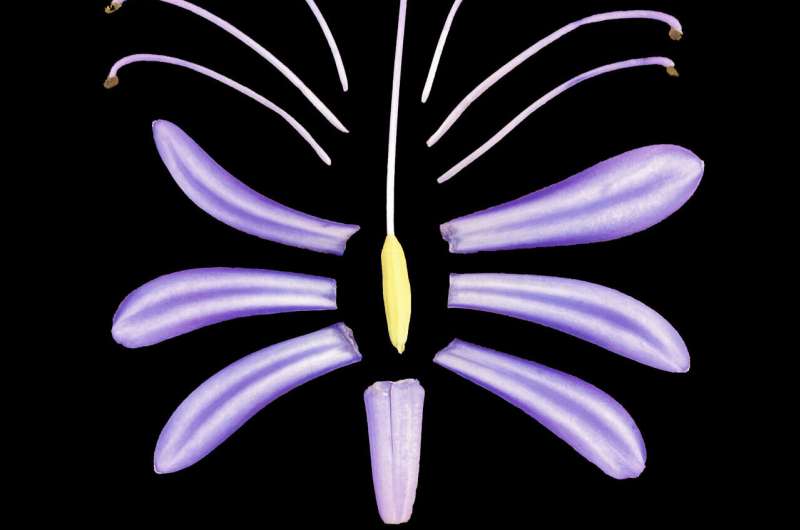
Rather than a long slow march of evolution:
A Stanford-led study reveals that rather than evolving gradually over hundreds of millions of years, land plants underwent major diversification in two dramatic bursts, 250 million years apart. The first occurred early in plant history, giving rise to the development of seeds, and the second took place during the diversification of flowering plants.
The research uses a novel but simple metric to classify plant complexity based on the arrangement and number of basic parts in their reproductive structures. While scientists have long assumed that plants became more complex with the advent of seeds and flowers, the new findings, published Sept. 17 in Science, offer insight to the timing and magnitude of those changes.
“The most surprising thing is this kind of stasis, this plateau in complexity after the initial evolution of seeds and then the total change that happened when flowering plants started diversifying,” said lead study author Andrew Leslie, an assistant professor of geological sciences at Stanford’s School of Earth, Energy & Environmental Sciences (Stanford Earth). “The reproductive structures look different in all these plants, but they all have about the same number of parts during that stasis.”
Stanford University, “Plants evolved complexity in two bursts—with a 250-million-year hiatus” at Phys.org (September 16, 2021)
I
t would be less surprising if researchers were less committed to the the Darwinian claim:
It may be said that natural selection is daily and hourly scrutinizing, throughout the world, every variation, even the slightest; rejecting that which is bad, preserving and adding up all that is good; silently and insensibly working, wherever and whenever opportunity offers, at the improvement of each organic being in relation to its organic and inorganic conditions of life.
The paper is closed access.